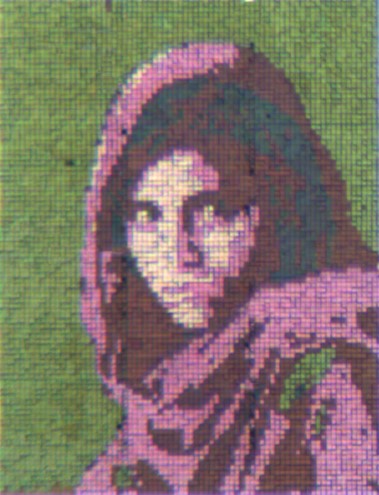
- Traditional displays like those on a mobile phone require a light source, filters and a glass plates. But animals like chameleons, octopuses and squids are born with thin, flexible, color-changing displays that don’t need a light source – their skin.
- Inspired by nature, the team was able to change the color on an ultrathin nanostructured surface by applying voltage. The new method doesn’t need its own light source. Rather, it reflects the ambient light around it. The display is only about few microns thick, compared to a 100-micron-thick human hair.
- The research has major implications for existing electronics, but the potentially bigger impact could be whole new categories of displays that have never been thought of. “Your camouflage, your clothing, your fashion items – all of that could change,” Chanda said. “Why would I need 50 shirts in my closet if I could change the color and pattern?”